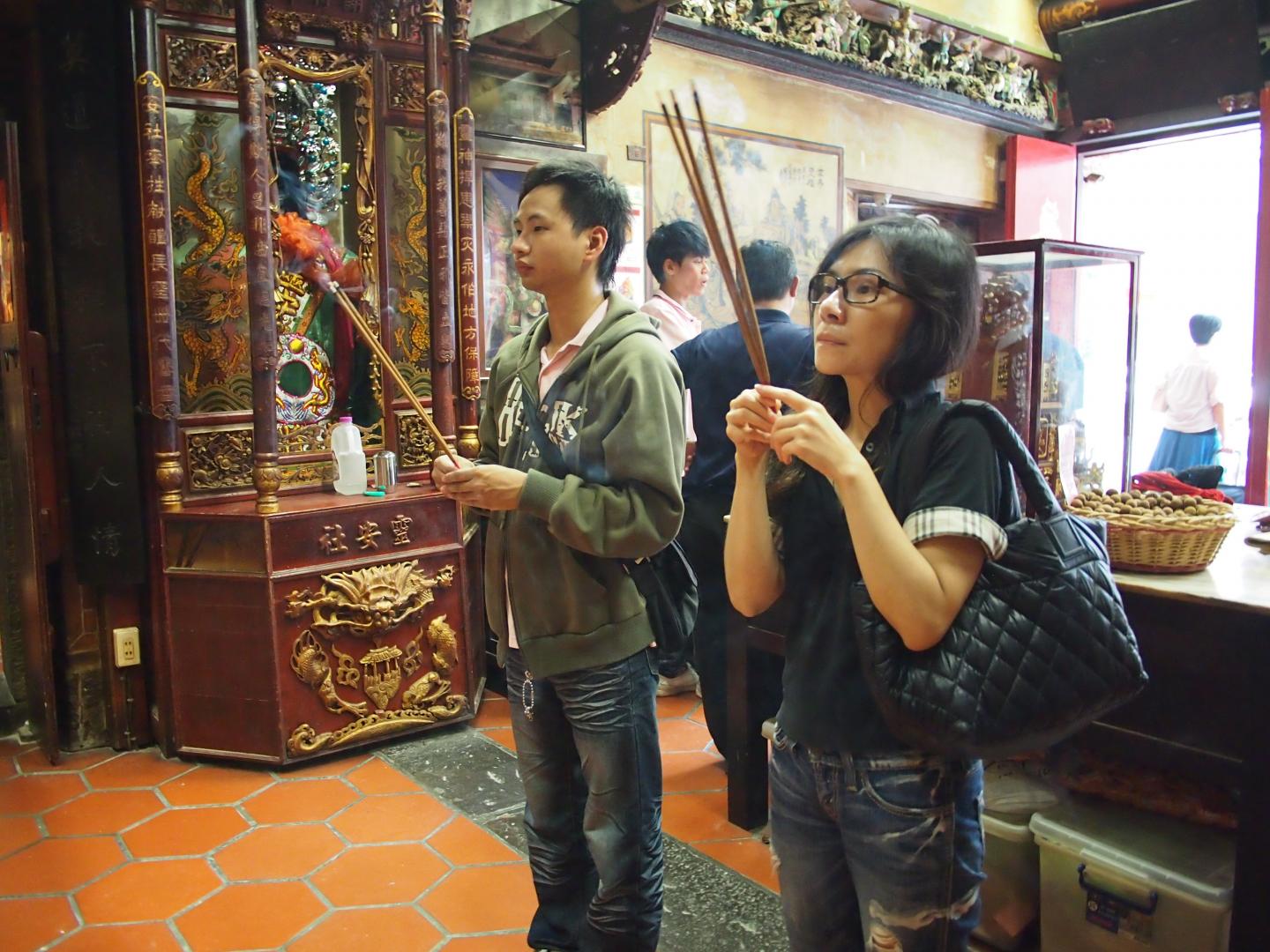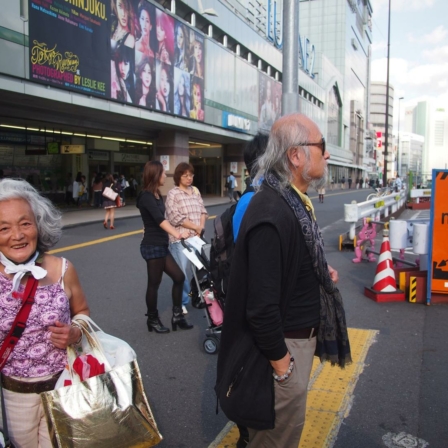Educated women in Japan, Korea, and Taiwan are no longer having children. They have other dreams.
I’m in Taipei’s old centre, watching a young woman buy some incense and offerings from the Xiahai City God Temple servants. Closing her eyes, she begins to pray in front of a statue – the Old Man under the Moon, the god of love and marriage.
Men and women no longer meet here in East Asia. Word of the magical Man under the Moon has spread far and wide in East Asia and it’s claimed that tens of thousands have found a partner after praying to the statue.
China and Japan’s island dispute has been in the news during the past few weeks, escalating into violence against Japanese people living in China. China’s goal is to turn the South and East China Seas into a mare nostrum, its own sea.
While Chinese male politicians are trying to redefine maritime boundaries, a more silent but all the more significant wave of change has swept over Asian homes.
As recently as thirty years ago, only some two per cent of Asian women spent their life unmarried. The family structure was traditional. Marriages were usually arranged; it was exceptional to marry out of love.
In Taiwan today, nearly 40 per cent of women over 30 are single. Single motherhood is rare. If a woman does not find a suitable partner before turning 35, she is likely to remain single and have no children.
In 2010, the Japanese government published a study which suggested that over 60 per cent of men aged 18 to 34 had no girlfriend. One in two women in the same age group reported having no boyfriend.
The same trend is prevailing in Singapore, where one third of academically educated women are single.
Although two thirds of Japanese people would like to marry some day, a frighteningly large proportion of them feel happier and more independent without a partner.
The thirty-something generation grew up during a period of strong economic growth. East Asian countries have become wealthier and more open. Education and labour markets have provided women with self-esteem and independence. The megalopolises of Asia offer a life full of consumption, fashion, and pleasure.
Several interview surveys have suggested that when a Korean woman thinks about motherhood, she is weighing the costs of rearing a child and the satisfaction of motherhood against a life characterised by freedom, work, and personal time. One in three young Korean women regards marriage as rather insignificant.
Changes in women’s status and attitudes are directly reflected in East Asian birth rates. Taiwan currently has the lowest birth rate in the world: in 2010, the ratio was 0.9 children to one woman. The corresponding figures in South Korea and Mainland China were 1.1 and 1.6, respectively.
The renewal of the population would require each woman to have an average of 2.1 children. A Finnish woman is likely to have an average of 1.87 children.
The increasingly urban Asian women are more likely to have a higher education than their fellow men, hoping to find an intelligent husband to be their equal. Meanwhile, Asian men usually seek to marry someone with a lower education who will be ready to assume the traditional wife’s role. In the relationship market, these contradicting interests inevitably collide.
South Korea’s new president, to be elected in December 2012, might be a single woman, too. Park Geun-hye, 60, the presidential candidate of the conservative Saenuri Party, has led her life as a single woman.
But what about those who have decided to have a family?
East Asian cities are insufferably expensive for families. The Chosun Ilbo newspaper has estimated that a Korean couple needs to raise approximately 80,000 euros for their wedding, while their combined take-home income amounts to about 28,000 euros per year. And half of this is spent on living expenses.
If there are children, the family’s most important task is to educate them well.
A researcher at the Seoul National University told me that his family spends nearly a third of its gross income on private lessons for their child. The doors of top universities will not open without private tuition.
The Japanese, South Korean, Taiwanese, Singaporean, and Hong Kong governments are wringing their hands – if the current demographic trend continues, how will these ageing societies remain competitive?
During the last couple of years, I’ve seen fathers carrying children in baby slings in downtown Tokyo. Perhaps the generation under 30 has reached a new kind of understanding between genders.
The Japanese government has spent years striving to improve child benefits, maternity leave, and day care. At the same time, employment costs have risen, and employers avoid hiring young women.
Sometimes Asian cultures can be surprisingly frank. The government of Singapore declared its independence day, 9 August, to be a night of love and love-making.
The people of Singapore now have a civic duty to reproduce. In order to promote this campaign, the government hired the rapper Mentos, whose laid-back piece National night encourages Singaporean men to fly the national flag high on independence night.
You can hear the song at http://www.youtube.com/watch?v=8jxU89x78ac
This article was originally published in Finnish in Helsingin Sanomat on 23rd September 2012





Recommended